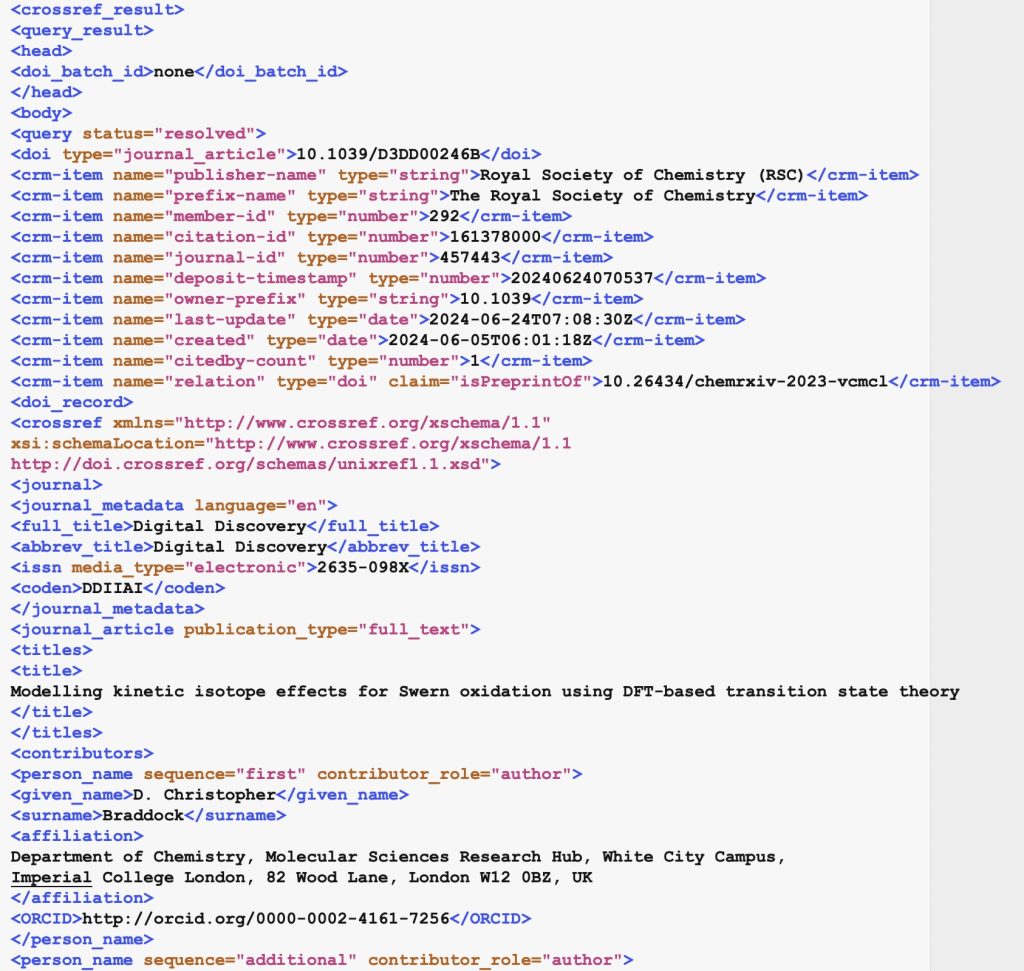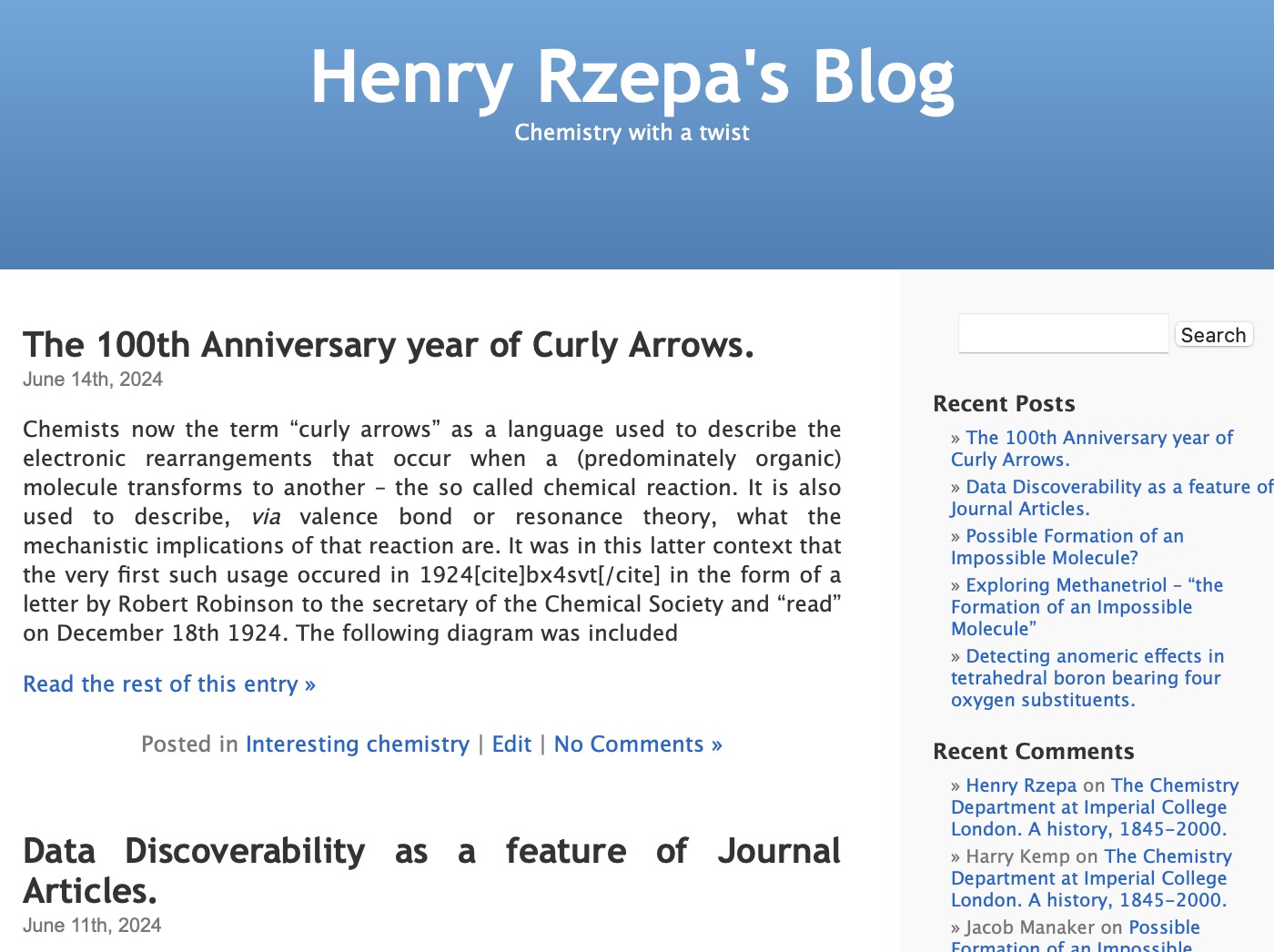Michael in a comment here on the mechanism of the Masamune-Bergman reaction notes that when it occurs as part of the Calicheamicin (an antibody-drug conjugate or ADC) version of this mechanism, a pre-step is first necessary.
In exploring one-electron carbon-carbon bonds, I had noted previously that both hexafluoroethane and ethane itself could each lose an electron to produce such species. A discussion developed in which a molecule isoelectronic with ethane, namely the methyl-λ1-borane radical (H3B-CH3) was proposed by Jacob.
In the previous post, I looked at the recently reported hexa-arylethane containing a carbon-carbon one-electron bond, its structure having been determined by x-ray diffraction (XRD). The measured C-C bond length was ~2.9aÅ and my conclusion was that the C…C region represented more of a weak “interaction” than of a bond as such. How about a much […]
More than 100 years ago, before the quantum mechanical treatment of molecules had been formulated, G. N. Lewis proposed a simple model for chemical bonding that is still taught today.
Calicheamicin was noted in the previous post as a natural product with antitumour properties and having many weird structural features such as an unusual “enedidyne” motif. The representation is shown below.
Calicheamicin is a natural product with antitumour properties discovered in the 1980s, with the structure shown below. As noted elsewhere, this structure has many weird properties, including amongst other features an unusual “enedidyne” motif and the presence of an iodo group on an aromatic ring.
The Masamune-Bergman reaction, is an example of a highly unusual class of chemical mechanism involving the presumed formation of the biradical species shown as Int1 below by cyclisation of a cycloenediyne reactant. Such a species is so reactive that it will be quickly trapped, as for example by dihydrobenzene to form the final product.

Back in 2017, I was asked to peer review an article and its author asked if I would like the review to be “open” – that is that my name would be shown as a reviewer; 10.1073/pnas.1709586114[/cite/] indeed it was!

Metadata is something that goes on behind the scenes and is rarely of concern to either author or readers of scientific articles. Here I tell a story where it has rather greater exposure.

I should start by saying that the server on which this blog is posted was set up in June 1993. Although the physical object has been replaced a few times, and had been “virtualised” about 15 years ago, a small number of the underlying software base components may well date way back, perhaps even to 1993.

Chemists now use the term “curly arrows” as a language to describe the electronic rearrangements that occur when a (predominately organic) molecule transforms to another – the so called chemical reaction. It is also used to infer, via valence bond or resonance theory, what the mechanistic implications of that reaction are.